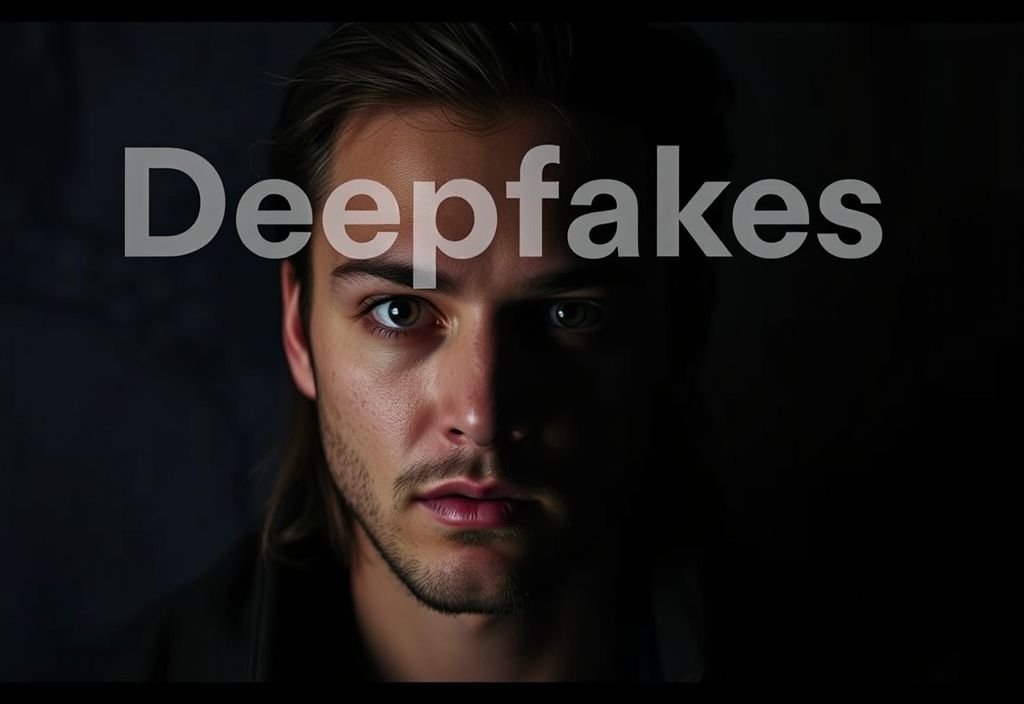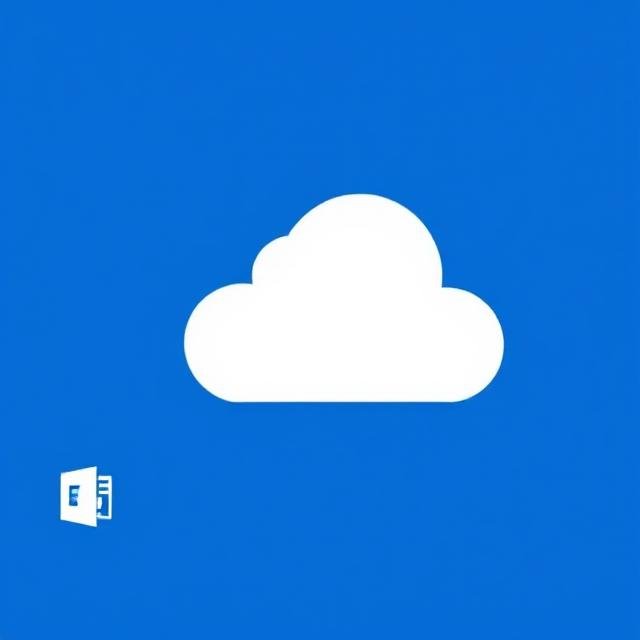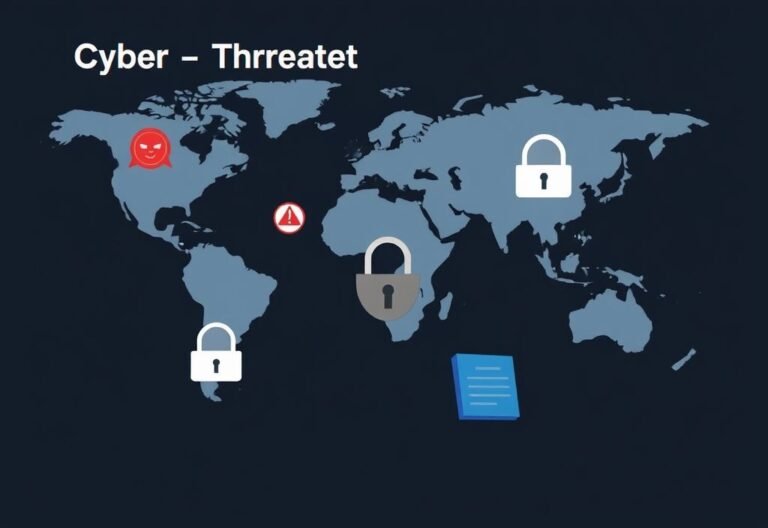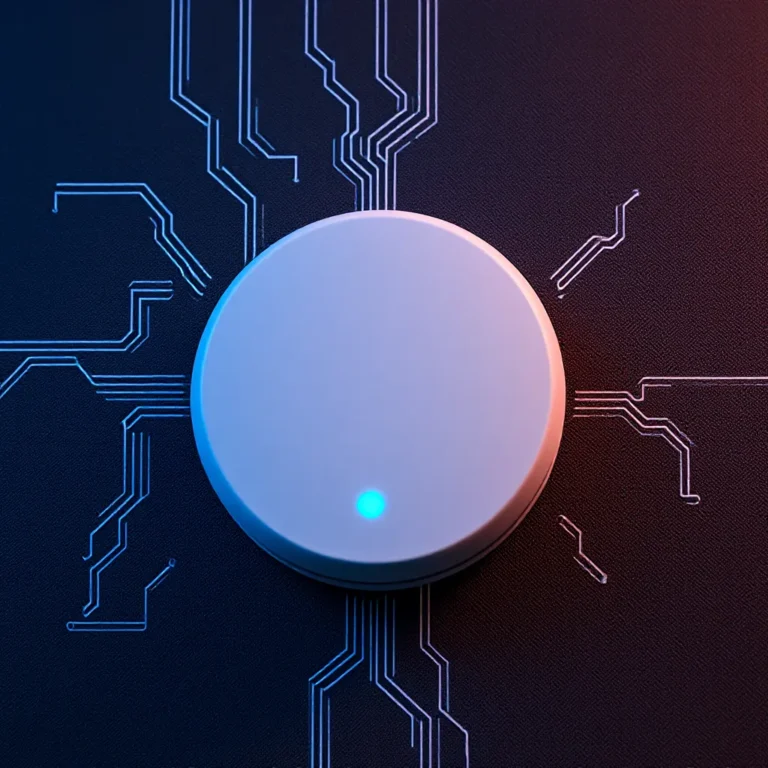Stay Alert: How to Recognize Different Types of Deepfakes

Stay Alert: How to Recognize Different Types of Deepfakes
Have you ever seen a video of a celebrity saying something shocking—only to find out later it was completely fake? Or maybe you got an urgent message from someone claiming to be your boss, but something just didn’t feel right?
That’s deepfake technology at work.
Powered by AI, deepfakes can create realistic-looking videos, audio clips, images, and even text that seem authentic—but are totally made up. While they can be used for fun or creative purposes, they’re also being misused to spread lies, damage reputations, and pull off scams.
In 2024, fake voice calls impersonating political figures were used to trick voters. And cybercriminals are now using deepfakes in phishing attacks and fraud schemes.
Knowing how to recognize different types of deepfakes is more important than ever. Let’s break them down:
1. Face-Swapping Videos
This is the most common type—where one person’s face is digitally placed onto someone else’s body in a video. These can look incredibly real, especially with high-quality AI tools.
How to spot them:
- Watch for unnatural lighting, skin tones, or facial expressions.
- Look closely at edges—like where the face meets the neck. Glitches or blurring can be a red flag.
- Listen carefully. If the voice doesn’t quite match the mouth movements, it could be fake.
2. Fake Audio Recordings
These deepfakes mimic someone’s voice to make it sound like they said something they never did—like a fake voicemail or call.
How to spot them:
- Pay attention to tone and rhythm. Fake voices may sound slightly robotic or inconsistent.
- Does the message fit the person’s usual style? If it seems out of character, dig deeper.
- Always verify through another channel before taking action.
3. AI-Written Text (Text-Based Deepfakes)
From fake news articles to phony social media posts, AI-generated text can be used to impersonate people or organizations online.
How to spot them:
- Read carefully. Is the writing style off or inconsistent?
- Check facts against trusted sources. Don’t take the text at face value.
- Be cautious if the content tries to provoke strong emotions—it might be designed to manipulate you.
4. Object Manipulation in Video
Some deepfakes don’t just swap faces—they alter objects or events within real footage, making things appear or disappear.
How to spot them:
- Look for odd physics—like shadows that don’t match or objects that move unnaturally.
- Compare with original footage if available. Small changes can reveal big manipulations.
How to Protect Yourself
- Stay skeptical, especially with surprising or emotional content.
- Cross-check information using reliable sources.
- Keep your devices secure—some deepfake scams can install malware if clicked.
Need a Security Boost?
Deepfakes aren’t just fake media—they can be part of bigger cyberattacks. One wrong click could expose your device to threats.
Let us help you stay safe with a full security checkup. We’ll scan your system and remove any hidden dangers.
Contact us today for peace of mind in a world that’s getting harder to trust.





